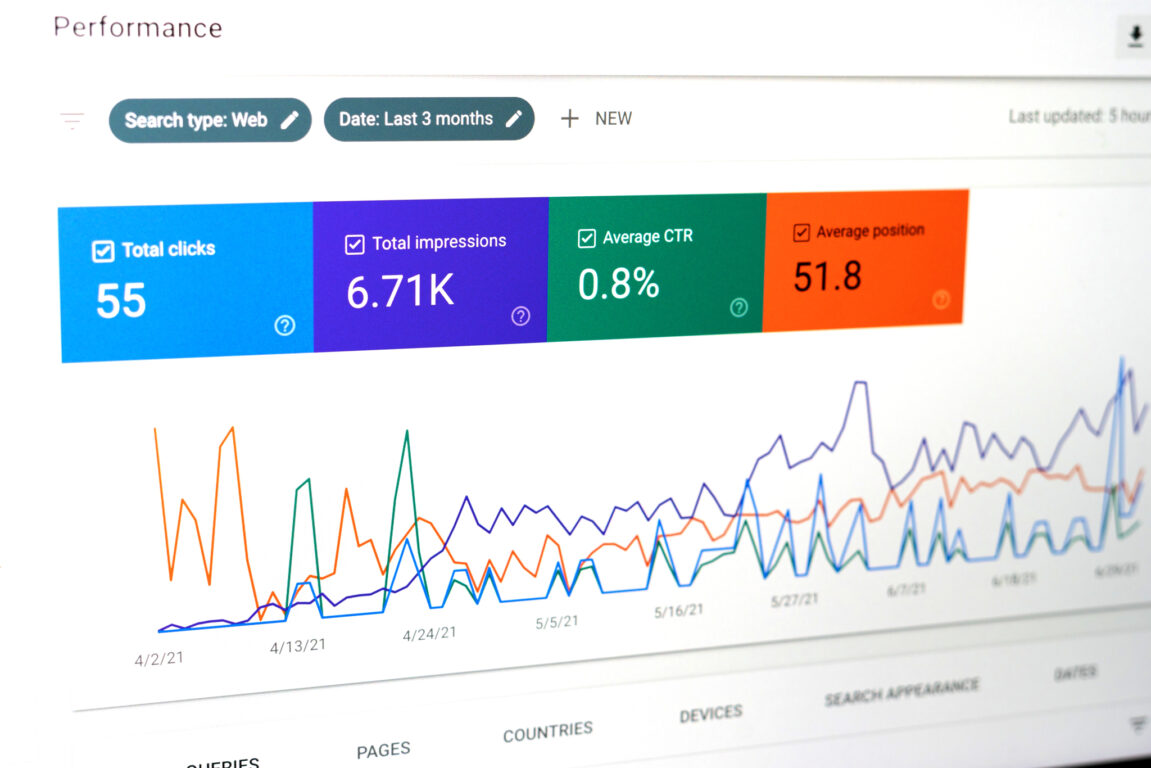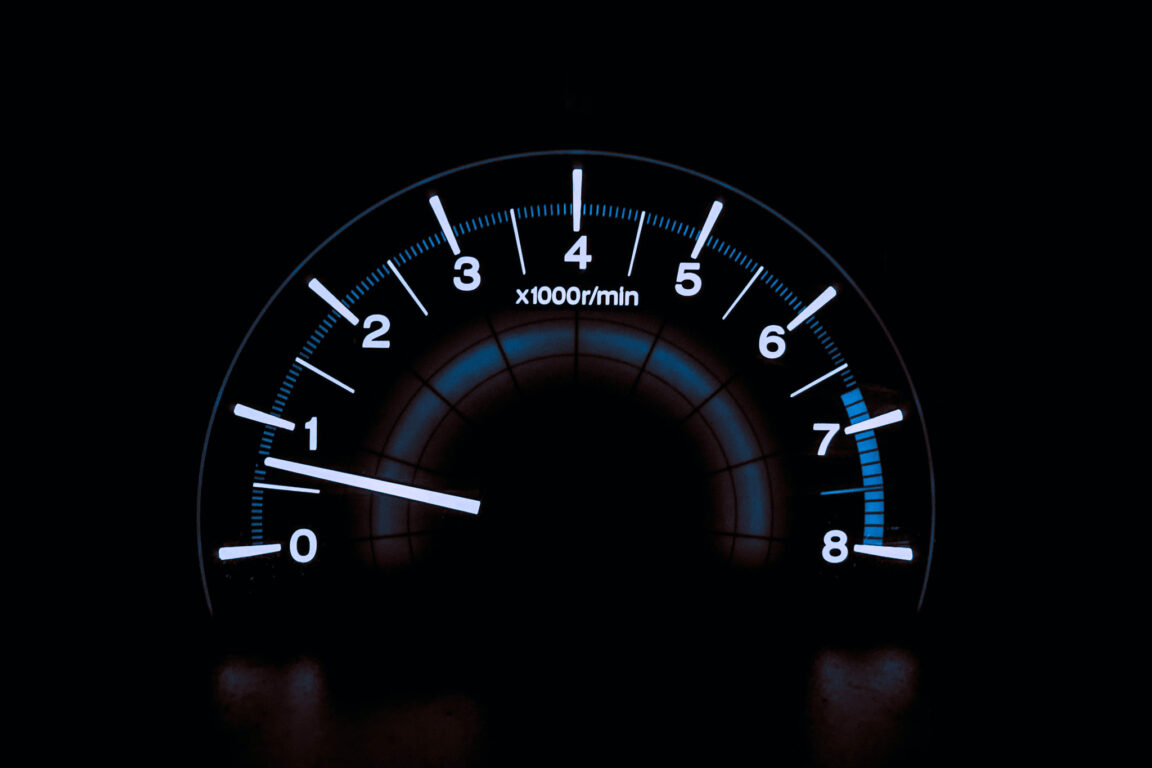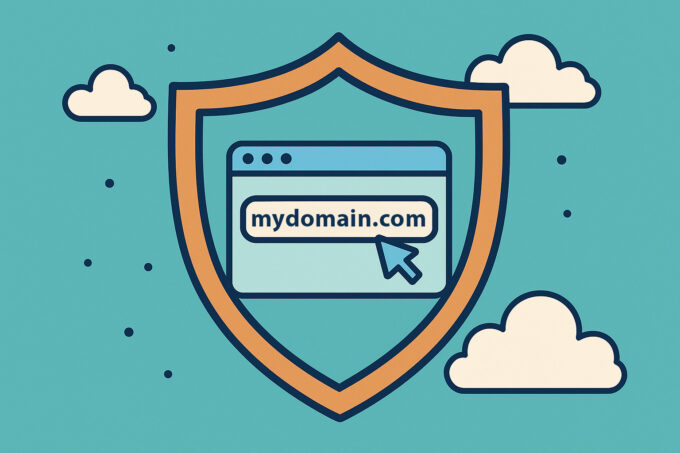In the fast-paced world of online business, your website serves as the digital face of your brand. It’s the primary platform where potential customers interact with your products or services. To maintain a competitive edge and engage your audience effectively, it’s essential to ensure your website remains up to par with current trends and user expectations. Here are ten unmistakable signs that signal you need a new, better website.
1. Website is Not Mobile Friendly
In today’s mobile-centric world, catering to mobile traffic is essential. If your website is not optimized for various mobile devices, you’re likely missing out on a significant portion of potential customers. Responsive design ensures a seamless user experience across all screen sizes, boosting engagement and conversions.
2. Dated Design
Your website’s design plays a critical role in making a strong first impression. If your site looks like it belongs in the past, with outdated graphics and unappealing aesthetics, it’s time for a makeover. Embrace a modern, sleek design that aligns with current UI/UX trends to capture visitors’ attention and keep them coming back for more.
3. Website is Difficult to Navigate
As your business grows, so do your website’s requirements. If your website’s navigation and layout no longer cater to your expanding offerings and prioritized business aspects, it can lead to user frustration. Streamline navigation and make it intuitive to help visitors find what they need effortlessly. This could mean a complete overhaul of the navigation is imminent.
4. Necessary Features Missing
Your website should be a comprehensive representation of your business, covering every aspect of your offerings. If there are essential features or sections missing, such as detailed product descriptions, customer reviews, or a contact page, you risk losing potential customers who may seek the information elsewhere.
5. Poor Analytics

Pay attention to your website analytics to gain insights into user behavior and engagement. Low click-through rates, high bounce rates, and disappointing conversion metrics suggest your website isn’t meeting visitor expectations. Regularly analyze these metrics and make data-driven improvements to enhance performance.
6. Ineffective SEO Spending
This completes the SEO efforts. Standards change all the time and your previous site may simply be incompatible with modern ones. While SEO is crucial for driving organic traffic, investing heavily without seeing an improvement in sales or conversions indicates a problem. Reevaluate your SEO strategy and focus on providing high-quality content and a visually appealing design to keep visitors interested and encourage them to take action.
7. Unfriendly Admin Experience
The ease of website maintenance directly impacts the quality of content and overall user experience. If your website’s admin interface is cumbersome and time-consuming to navigate, it can hamper timely updates and result in stale content. A user-friendly admin setup ensures efficient content management, keeping your website fresh and relevant.
8. Website is Slow to Load

Website loading speed significantly impacts user satisfaction and search engine rankings. Slow-loading pages lead to higher bounce rates and decreased user retention. Optimize your website’s performance to ensure quick loading times, providing visitors with a smooth and enjoyable experience.
9. Website Has Broken Links
Broken links not only frustrate visitors but also harm your website’s credibility and SEO. Regularly audit your website to identify and fix broken links, ensuring a seamless browsing experience and improved search engine rankings.
10. Website Doesn’t Match Your Brand
If your website’s design doesn’t align with your brand identity or has become outdated compared to your current marketing materials, it’s time for a rebranding. Consistency in branding across all touchpoints reinforces your brand’s message and builds trust with your audience.
All Signs in Perspective.
A well-designed and up-to-date website is crucial for business success in the digital era. By recognizing these ten signs and taking proactive steps to address them, you can create a website that engages your audience, boosts conversions, and supports your brand’s growth. Remember, investing in a better website is an investment in your company’s future.



